How to water aloe properly?
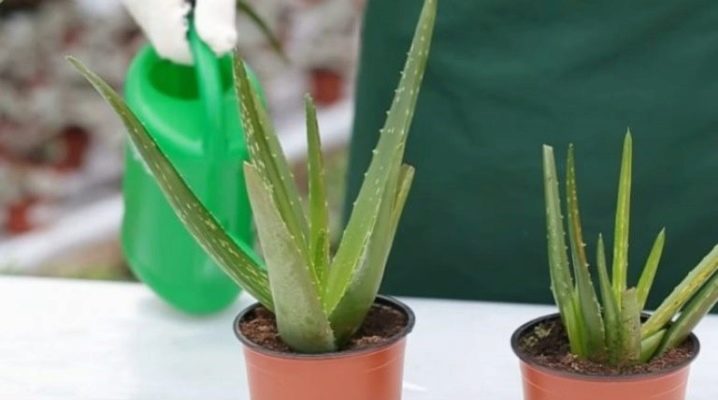
Among indoor flowers, it is difficult to find a more common and useful plant than aloe. There are more than 300 types of aloe grown indoors. They are highly regarded for their excellent decorative qualities and a large number of medicinal properties. Aloe is completely unpretentious in care. You don't have to worry about him at all when going on vacation or a long business trip. But nevertheless, it requires a special approach to itself.
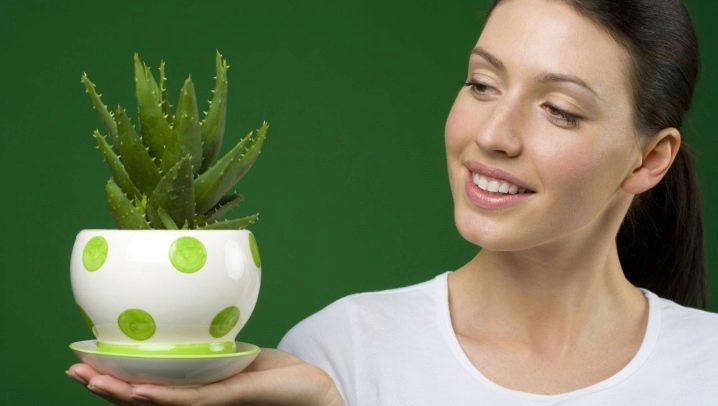
Watering frequency
The desert islands of Barbados, Curacao and the west of the Arabian Peninsula are considered the homeland of aloe. This is a succulent plant, during its evolution during the rainy season, it has learned to store moisture in thick fleshy leaves and stems, and perfectly tolerate prolonged drought. Therefore, at home, he does not need frequent abundant watering.
If for most home flowers the indicator of the need for watering is dried soil in a pot, then in the case of aloe no need to rush to pick up the watering can. First you should loosen the top layer of the earth and make sure that it is 4-5 centimeters dry, and only after that water, avoiding flooding. The liquid should begin to flow from the pot into the sump.
From the second half of spring to mid-autumn, watering aloe is best done once every 7-10 days. In the cool season, the frequency of watering should be reduced and the soil should be moistened only when it dries to the very bottom of the pot (about once a month).
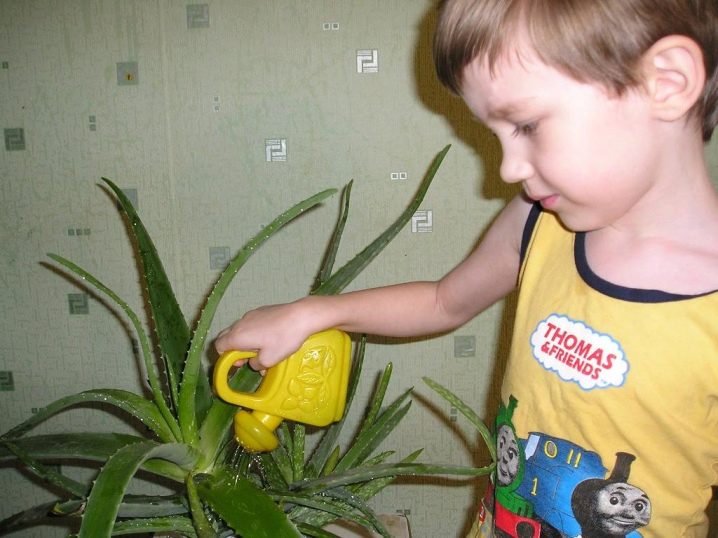
It should not be forgotten that a young plant often needs watering than a more mature one. Aloe over 5 years of age requires rare and abundant watering.
Moreover, aloe is a succulent and does not like constant excessive moisture, you shouldn't be afraid to pour it over and pour it "from a teaspoon" either. The constant lack of moisture for this flower is no less destructive than its excess.
It should be remembered that the frequency of watering is largely related to the intensity of lighting, air humidity, the size and density of the roots, as well as the volume of the container in which the flower is placed. A small pot dries out much faster than a large one.
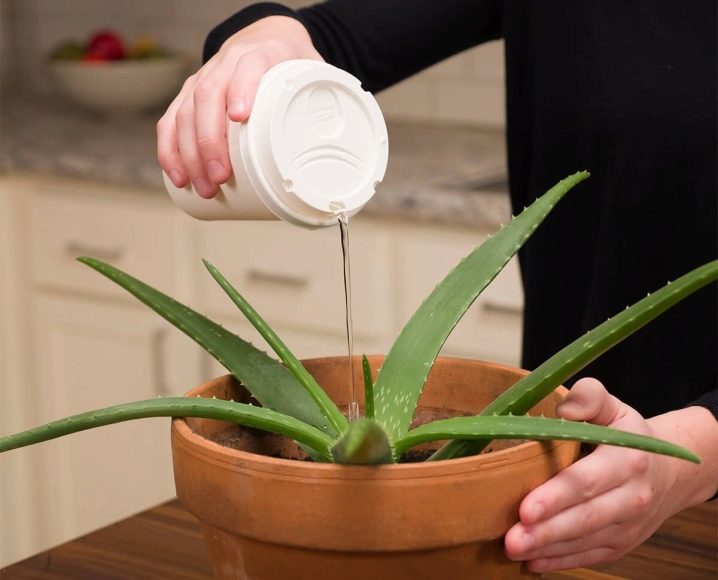
What kind of water is needed?
Tap water taken immediately before watering is not suitable for aloe. Ordinary tap water contains chlorine and many alkaline impurities that can be detrimental to flower health. That's why It is recommended to collect water for aloe in advance and let it settle for at least 24 hours. During this time, most of the chlorine will evaporate from it.
Water for watering aloe must be soft. In areas with hard water, it is recommended to boil it and only then defend it. And also to stabilize the acid-base ratio, acetic or citric acid is used in a proportion of 3-5 grams of acid per liter of water.
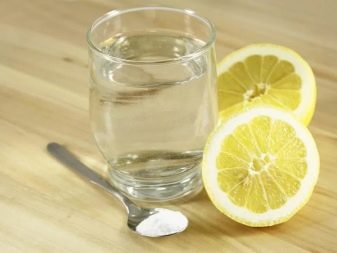
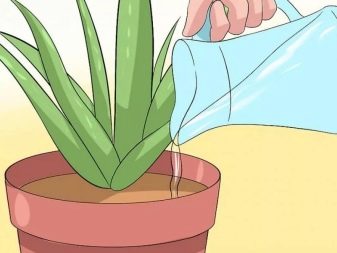
Water for irrigation can also be softened by freezing. To do this, tap water is collected in a container and allowed to stand for 12-24 hours. After that, the liquid is carefully poured into plastic bottles so that the sediment formed in the container does not get into them. The bottles are placed in the freezer, where they are left until the water is completely frozen. Then they are taken out and left in the room until the ice melts and the water warms up to room temperature. After that, it is suitable for watering.
The temperature of the liquid is equally important. In the hot season, it should be at least +30 degrees, in the spring - +20.25 degrees Celsius. In winter and late autumn, watering aloe is advised to produce water that is warmer than the air in the room by 8-10 degrees.

How to water properly?
There are two ways to water:
- upper, when the soil is moistened from a watering can;
- the lower one, when the liquid is poured into a pan, or put the pot in a container with water for a few minutes until the earth is saturated with moisture.
For young aloe, more preferredn bottom watering method. This is especially true if the water needs to be slightly heated before watering. This method avoids the rapid leaching of nutrients from the soil and its excessive moisture.
For adult aloe, an overhead watering method is more desirable. It should be watered carefully, from a watering can with a narrow spout and under the root, so as not to wet the leaves. In this case, it is necessary to ensure that the soil in the place of irrigation is not washed out, and the roots are not exposed. To do this, before watering, it is recommended to loosen the soil in the pot a little.
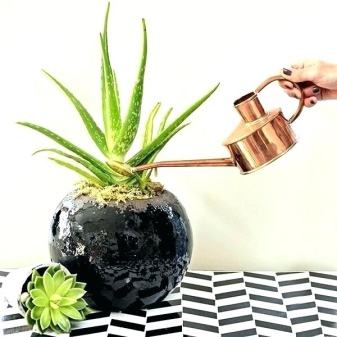

About half an hour after watering, you need to check whether excess water has accumulated in the pan. If they have accumulated, they must be poured out to avoid acidification and decay of the root system.
The best time to water aloe, like most plants, is considered early evening, when solar activity has already decreased and the water will not evaporate as actively as during the day. This is especially true in the hot season, since aloe is very demanding on lighting, and flower growers often expose it to the sunniest windows.

Watering the shoots and seeds
With active growth, in order to maintain a neat appearance of the plant or propagate it, aloe has to dive and cut. Often, the cuttings and cuttings put in water to form the roots, which is completely wrong. The planting material obtained from the old plant must be kept in the air under good lighting for 3-5 days, lightly sprinkling the cut sites with charcoal from infection. When young roots hatch on the processes, they should be placed in pots with dried soil and not watered.
Aloe seed propagation is not very popular among gardeners, but nevertheless this method is very effective, since this plant reproduces well by seeds.
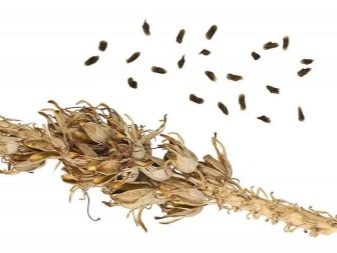
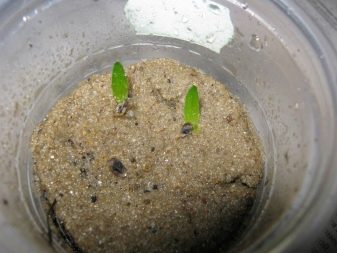
Before planting, the seeds should be soaked for several hours in a weak solution of potassium permanganate for disinfection.
The pots are washed with a stronger solution, drainage and soil are placed in them, seeds are spread on the surface, and then placed in a container with warm, settled water. The liquid should be up to 2/3 of the walls of the pot. When the soil in the pot is saturated with moisture to the top, it is taken out of the water, the bottom is wiped off, and placed on a pallet, the seeds are sprinkled on top with a thin layer of fine sand.
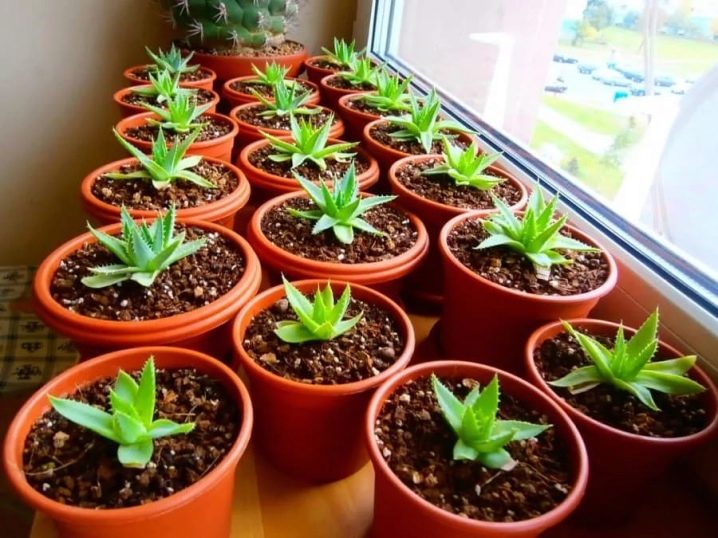
Watering when transplanting
If you are planning to transplant aloe into a larger pot, it is recommended that you stop watering 2-3 weeks before. The day before transplanting into a new pot, fill in expanded clay and a small layer of fresh soil, water a little. After transplanting, sprinkle the plant with earth and do not water it for the first 5 days.
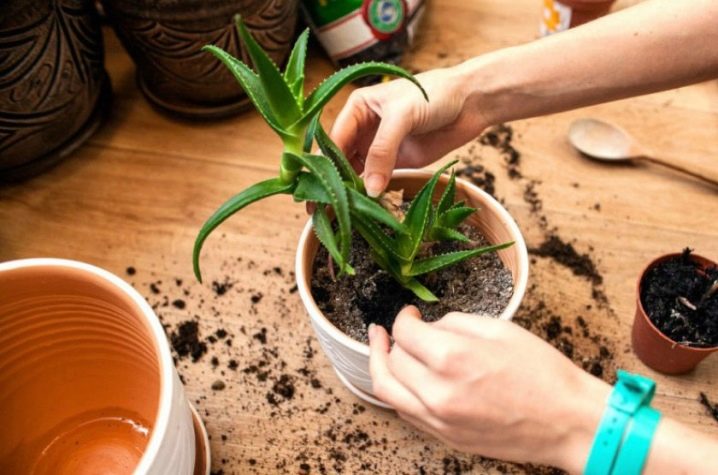
Watering with mineral fertilizers
The best time to apply liquid mineral dressing is the second half of spring, early summer, when the phase of active growth occurs. The plant should be fed according to the instructions, but you should remember a few simple rules:
- before feeding the aloe, it is necessary to water it well, since the introduction of mineral fertilizing on dry soil can lead to a burn of the root system;
- you can not feed sick, weakened or wilted plants;
- it is not recommended to apply mineral fertilizers if aloe is used for therapeutic purposes.


Danger of excessive moisture
Like any succulent, aloe is very sensitive to excess moisture. If the water in the pot stagnates for a long time, the leaves of the plant begin to turn yellow, become flabby and begin to rot. To save the plant, you need to take it out of the pot, carefully disassemble the roots and let them dry out a little.Remove rotten and damaged areas if necessary. While the roots dry up, change the soil and drainage in the pot, then return the plant, gently sprinkle it with earth, and provide good lighting.
It is recommended to take fresh soil for transplanting - any mixture for succulents and cacti is suitable. It is also better to replace the drainage completely.
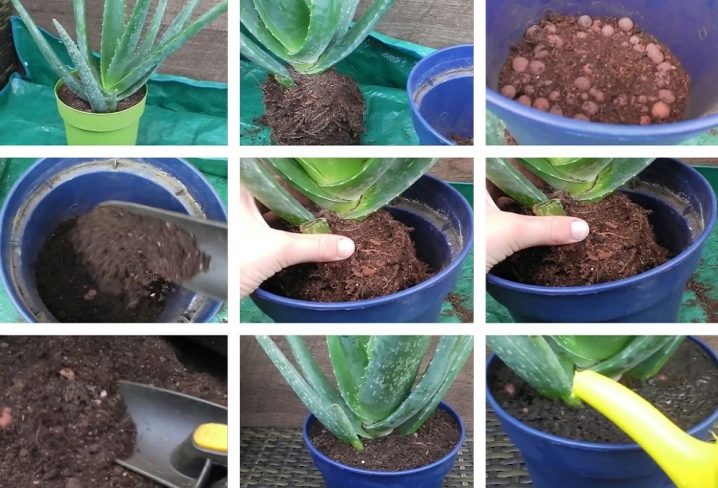
If the root system is badly rotten, or there is a clear mushroom smell, it is better to change the pot as well. These measures are necessary because pathogens remain in the soil and on the walls of the pot and can multiply and harm the plant.
After 5-7 days, the transplanted aloe is recommended to be fed with mineral fertilizers and watered with an antibacterial and antifungal solution, which can be purchased at any flower shop.
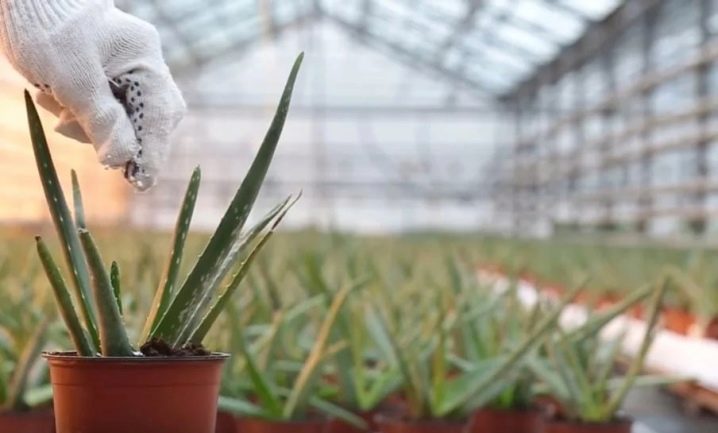
Frequent mistakes
When watering, some novice growers make mistakes. Let's consider the main ones.
- One of the most common mistakes many make is sprinkling aloe on top. For a plant, this is unacceptable, since it leads to the appearance of yellow spots on the leaves, which subsequently turn brown. If dust has accumulated on the leaves, it must be wiped with a dry soft cloth.
- Sometimes aloe leaves unexpectedly. The reason for this behavior of the flower lies in the fact that the water for irrigation was too cold. This is most dangerous in summer, if there was a very large difference between the temperature in the room and the temperature of the liquid.
- Excess moisture accumulating in the pan for a long time, in addition to promoting the development of bacteria and fungi and other microorganisms pathogenic for the plant, can cause significant cooling and death of the roots. It is especially necessary to monitor this in winter, if the pot is located on the windowsill, since in such cases, during severe frosts, its bottom can freeze.
- Insufficient watering also causes the death of the plant. The main signs of a lack of moisture are wilting, thinning leaves. To return them turgor and a healthy look, the soil in the pot should be well moistened once, and then the mode and abundance of watering should be correlated with the appearance of the flower.
- A large amount of drainage in the pot and moderate, correct watering lead to the fact that the aloe does not get drunk with water, since the liquid does not stay in expanded clay, but quickly flows into the pan. If the soil dries out too quickly, and the plant looks sluggish, then it must be removed and some of the drainage removed. With a high layer of expanded clay, the water will not reach the roots even when watering aloe through the sump.
- Failure to comply with the watering regime is also a common mistake of inexperienced gardeners. Instead of sparse, moderate watering, the plant is watered a little every day, which leads to gradual, not immediately noticeable decay of the root system. One of the characteristic signs that watering must be stopped is the appearance on the ground of a white or rusty coating and a mushroom smell.
You will learn how to properly water aloe in the video below.























































The comment was sent successfully.